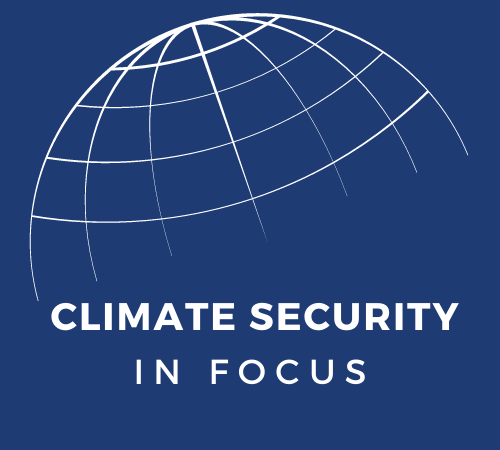
The Changing U.S. Federal Energy Landscape
Transitioning the U.S. energy landscape to a low-carbon economy that increases clean power is critical to enhancing U.S. national security. Supercharged by Executive Orders 14057 – Catalyzing Clean Energy Industries and Jobs Through Federal Sustainability and EO 14008 – Tackling the Climate Crisis at Home and Abroad, the Biden administration has laid the groundwork for the federal government to become a leader in sustainability, which strengthens America’s communities and economy and protects public health. The EOs emphasized the need for the U.S. to improve its “preparedness and resilience to the effects of a changing climate” and mandated that federal agencies reduce their greenhouse gas emissions. More than 20 federal agencies followed suit by creating plans to collect, measure, and analyze their greenhouse gas emissions data to determine how to reduce their environmental impact. The changing energy landscape in the U.S. is demonstrated not only by the growing adoption and deployment of clean energy, but also by efforts to account, report, and disclose greenhouse gas emissions.
The U.S. Department of Energy (DOE) plan, arguably the most important for funding and general direction of U.S. energy industry, has stated that the “electric power industry is the backbone of America’s economic sectors” and “making grid reliability and resilience a fundamental need for national safety and security” is essential. Data from the U.S. Energy Information Administration (EIA) and U.S. Office of Nuclear Energy also demonstrate the trend toward greater adoption of clean energy in the U.S.’s changing landscape, with significant growth in nuclear electricity capacity and generation since 1957, and in renewable energy.
Similarly, the Department of Defense (DOD) produced a Climate Adaptation Plan and Climate Risk Analysis which emphasizes a need for continuous monitoring and data analytics of climate impacts to develop predictive modeling capabilities and assess environmental conditions on military operations and installations. DOD produces a disproportionate share of greenhouse gas emissions, and has the second largest federal vehicle fleet, which makes its climate and energy plans key to achieving any national emissions goals. Although DOD has recognized the threats and risks of climate change to military training and readiness since at least 2014, it now has more data, infrastructure, and top cover for proactive climate action. Earlier this year, the Department of Army released its Climate Strategy, which stressed that the “time to address climate change is now” and that climate change has already adversely impacted “supply chains, damaged our infrastructure, and increased risks” to service members due to “natural disasters and extreme weather.” It has made widespread adoption of electric vehicles (EVs) a priority, which will not only reduce carbon emissions, but will keep soldiers safer and drive private industry investment. The Department of the Navy has also released its Climate Action 2030 plan, which included goals to reduce their greenhouse gas emissions and support the federal government’s commitment to net-zero emissions by 2050. The Department of the Air Force is “on the cusp” of releasing its climate action plan, further demonstrating the importance of the changing energy landscape to national security.
Collectively, these strategies recognize the diverse and severe threats posed by climate change, such as its capacity to act as a threat multiplier—to amplify operational demands, degrade installations and infrastructure, increase health risks to service members, exacerbate environmental stress and scarcities, and require modifications to existing and planned equipment. Extreme weather events already cost the DOD billions of dollars. All in all, continued government spending in energy and climate security serve to generate a more resilient economy and stable supply of energy for industrial, residential, and military purposes. Internationally, increased spending in these areas also serve to enhance the U.S.’s competitiveness and boost innovation, and catapult the U.S.—the world’s second-biggest carbon emitter after China—to the “forefront of countries taking concrete action on combatting climate change.”
ASP’s website now features a public commitment to its continued thought leadership on climate security and recognizes the threats posed by climate change. ASP is also committed to being a good steward of the natural environment through sustainable business practices.
Climate Security in Focus is a blog series dedicated to exploring key elements of climate security that impact American interests both at home and abroad. The series aims to examine specific aspects of climate security issues in order to better understand climate policy challenges, facilitate conversation, and generate ideas.





